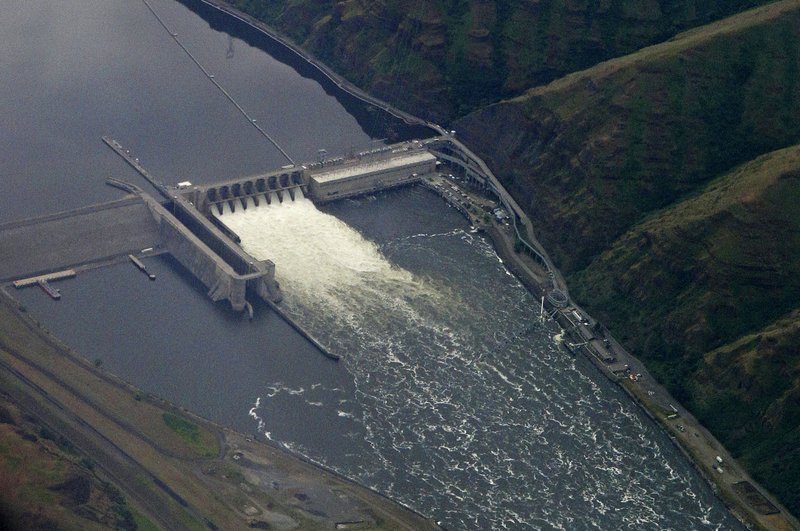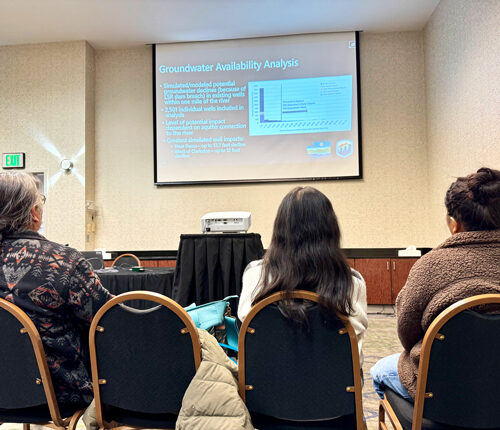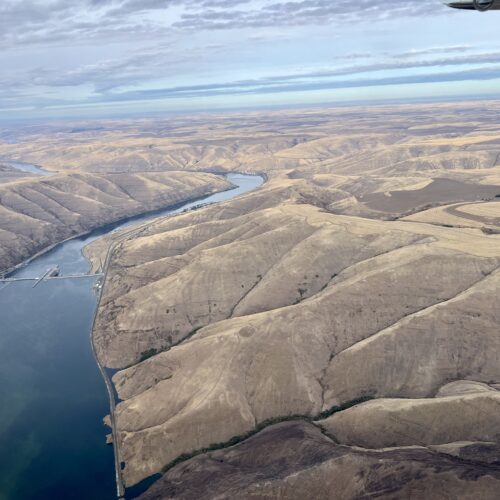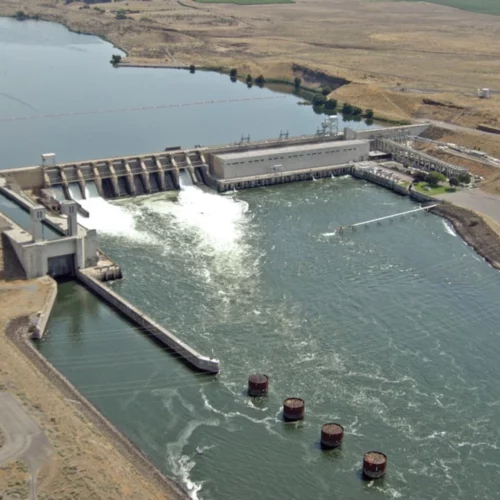
Newhouse And McMorris Rodgers Seek To Boost Hydropower After Idaho Rep’s Dam Removal Idea

READ ON
Two eastern Washington members of Congress are promoting hydropower as a mainstay in the future of clean energy. The bill they’re sponsoring would expand hydro across the country. It’s the opposite approach of an Idaho congressman who would like to remove dams on the Lower Snake.
Republicans Dan Newhouse and Cathy McMorris Rodgers have long championed dams. This is their second go at passing legislation that would reclassify hydropower as a renewable energy source. That’s important, Newhouse says, because hydropower can generate energy when wind and solar farms might be offline.
“In order to address climate change, we must prioritize the continued development of hydropower resources and promote free-market technological innovation,” McMorris Rodgers said in a statement.
This bill would push for improved technology at dams. Like the more fish-friendly turbines recently installed at Ice Harbor Dam on the Snake River.
Where are the four Lower Snake River Dams in question? See the map below.
Newhouse says that type of technology is the future of clean energy.
“We’re working hard to demonstrate, convince and prove that dams and fish can coexist,” Newhouse told Northwest Public Broadcasting.
Hydropower groups support the legislation, noting that it also will develop new hydropower facilities on dams that don’t currently generate power.
“Recent experiences in Texas and California highlight that a clean energy future means having the right carbon-free renewable resources in place that provide critical flexibility, reliability and resiliency to a decarbonized grid, which is at the core of hydropower’s strength,” said Malcolm Woolf, President and CEO of the National Hydropower Association, in a statement.
Salmon advocates say not all dams “are created equally,” that all dams aren’t bad and neither are they all good. Joseph Bogaard, executive director of Save Our Wild Salmon, says there needs to be more focus on the outcomes of dams.
“Let’s have informed conversations that look at maximizing a set of benefits, values and priorities across our region – frankly, across our nation – and not get too entrenched around ideologies.”
On the Snake River, that means breaching four of the structures. He says keeping them in place will cause wild Snake River salmon to go extinct if they stay in place.
It’s a plan Idaho Republican Congressman Mike Simpson previously addressed, saying the dams need to come out, while other investments need to be made in infrastructure.
Simpson recently pitched a sweeping $33.5 billion plan that would breach the four dams on the Lower Snake in Newhouse and McMorris Rodgers’ eastern Washington districts. The plan would pay to rework the transportation, energy and irrigation benefits the dams once provided.
“We can create a Northwest solution that ends the salmon wars and puts the Northwest and our energy systems on a certain, secure and viable path for decades and restores Idaho salmon,” Simpson said in a video announcement last month.
Related Stories:

Snake River water, recreation studies look at the river’s future
People listen to an introductory presentation on the water supply study findings at an open house-style meeting in Pasco. After they listened to the presentation, they could look at posters

Toxic algal bloom found on the Snake River for second year in a row
Blue-green algae seen behind Lower Granite dam on the Snake River in 2023. (Credit: Courtney Flatt / NWPB) Watch Listen Toxic algae is turning up once again on the Snake

Historic agreement seen as a harbinger to Snake River dam removal
Ice Harbor Dam on the Snake River. Gov. Jay Inslee and U.S. Sen. Patty Murray said removing the four dams on the Lower Snake isn’t feasible right now. CREDIT: Bonneville















